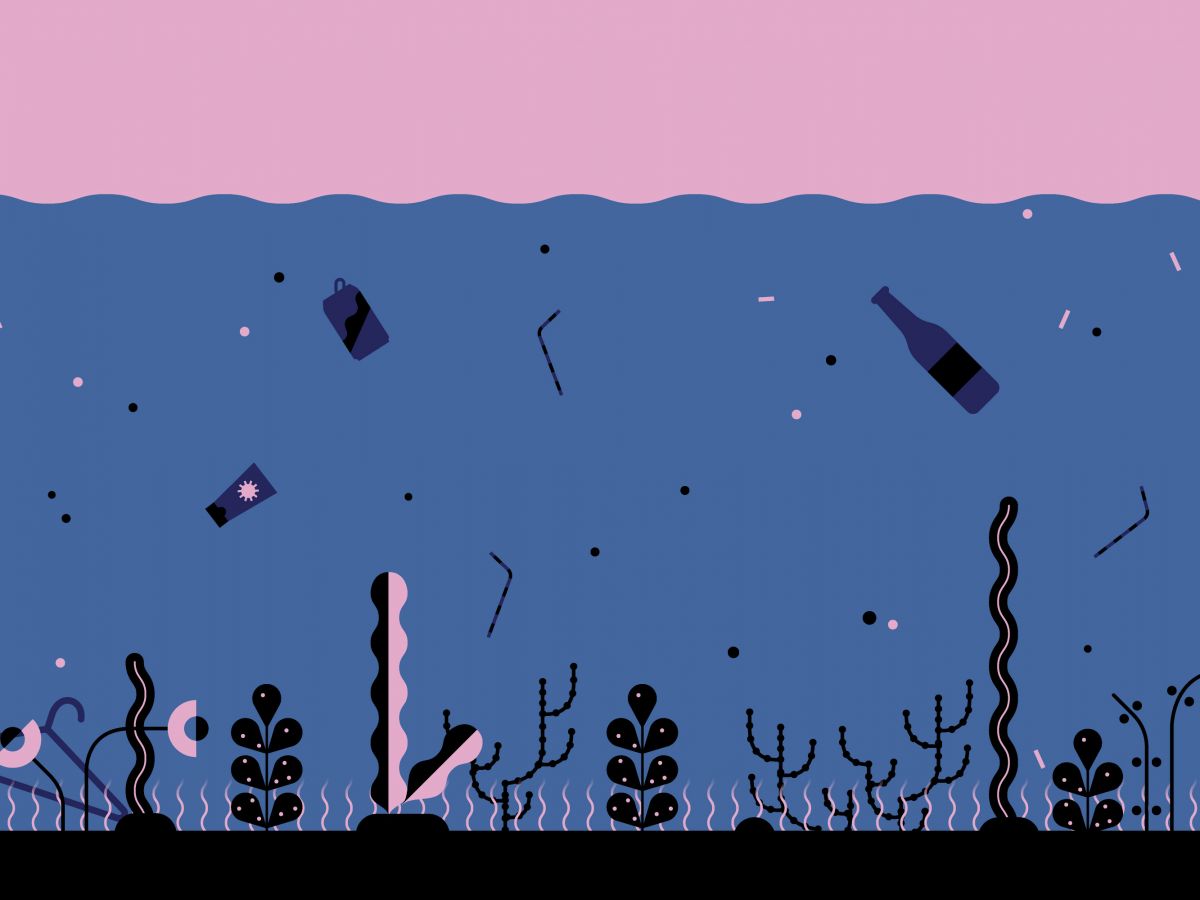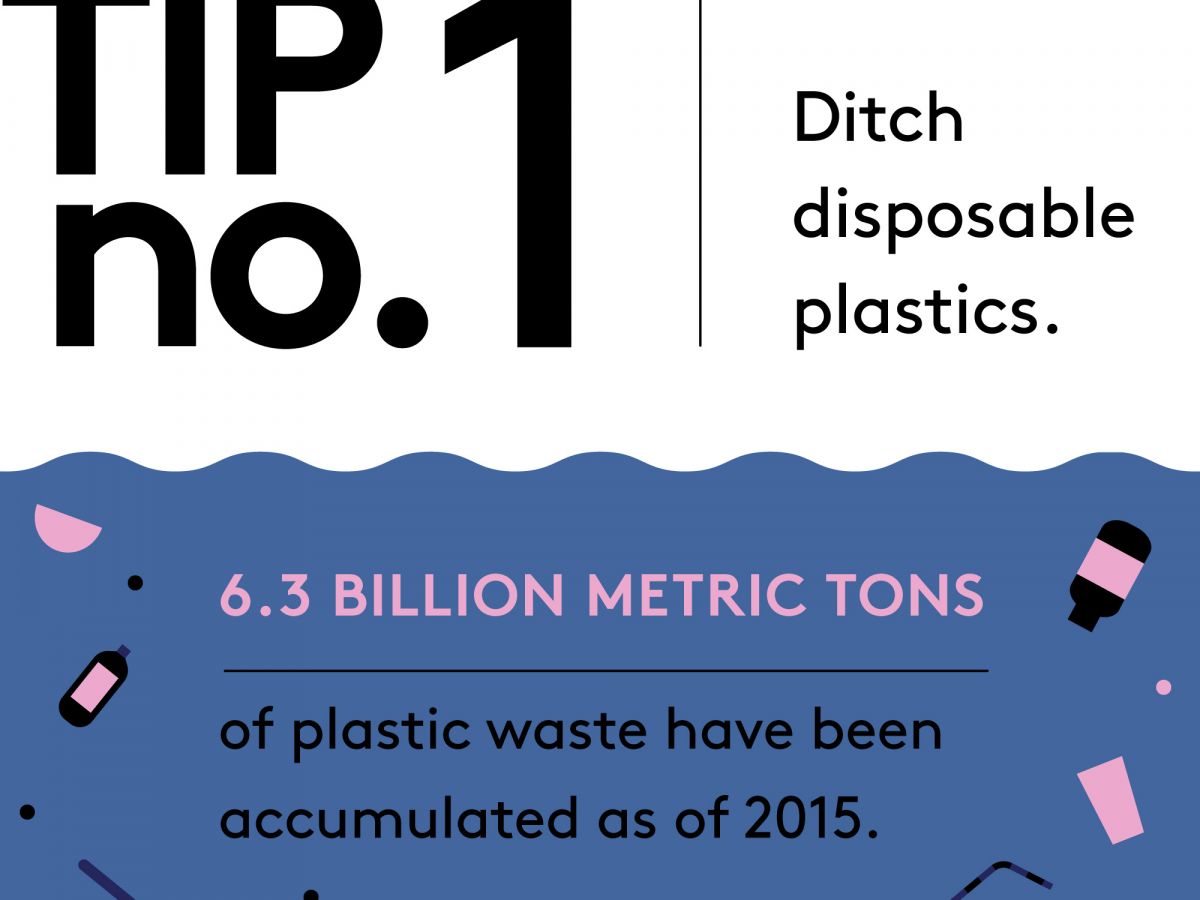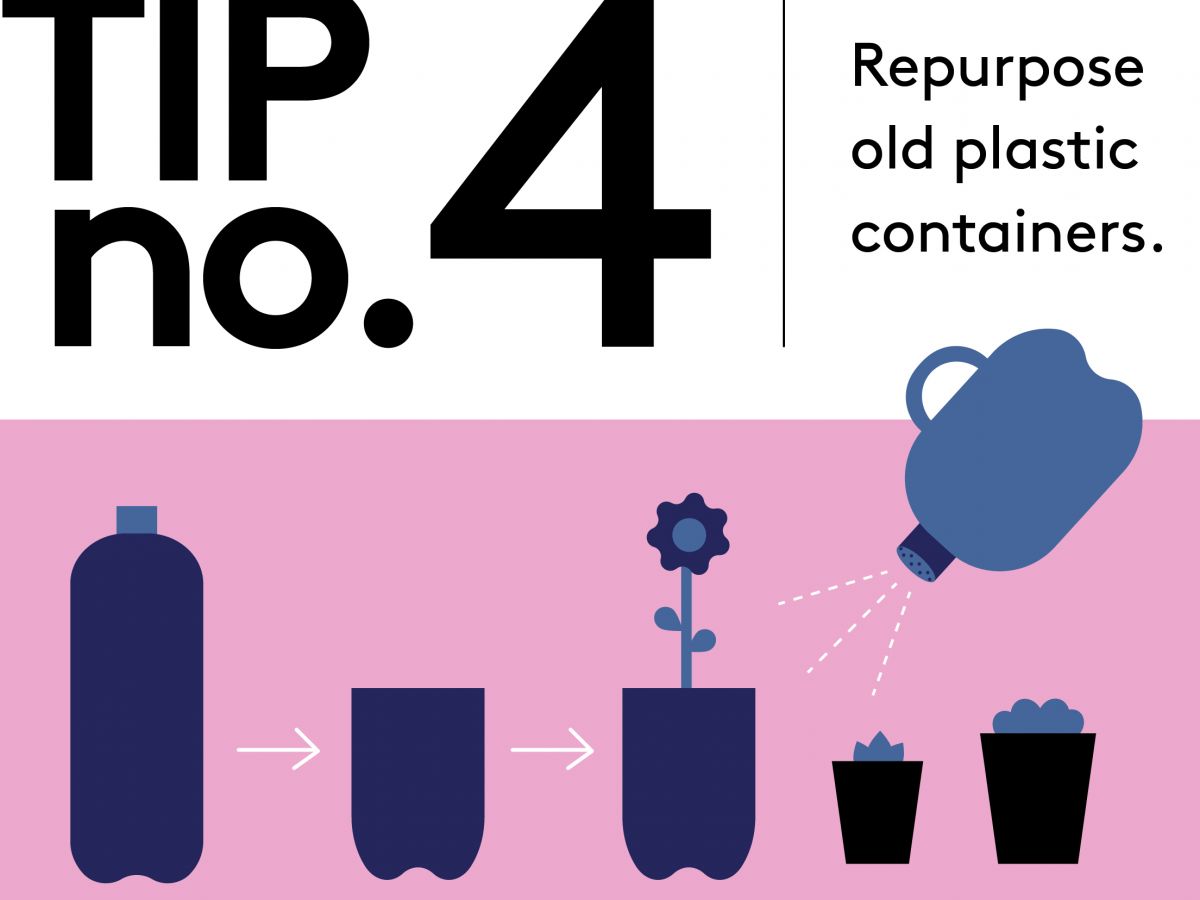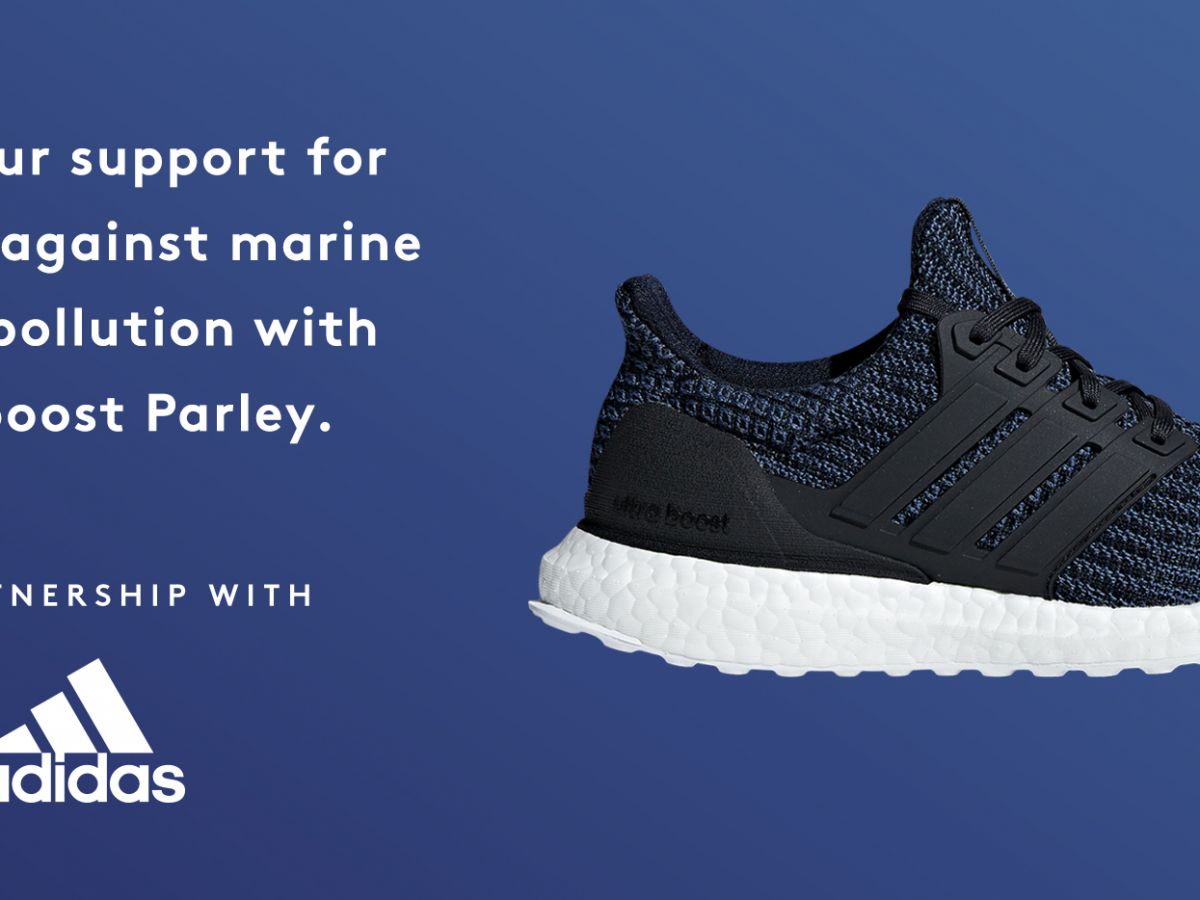This article was last updated on April 16, 2022
Canada: ![]() Oye! Times readers Get FREE $30 to spend on Amazon, Walmart…
Oye! Times readers Get FREE $30 to spend on Amazon, Walmart…
USA: ![]() Oye! Times readers Get FREE $30 to spend on Amazon, Walmart…
Oye! Times readers Get FREE $30 to spend on Amazon, Walmart…

There’s no denying that marine plastic pollution is one of the greatest threats to our environment. According to new data, a staggering 1 million plastic bottles (mostly disposable water bottles) are sold globally every minute. This equates to roughly 20,000 bottles a second. The U.S. alone is estimated to throw away enough 12-ounce plastic bottles to circle Earth about 11 times a week or 600 times a year. A large amount of un-recycled plastic will eventually end up in the ocean and/or be mistaken by animals as food. In recent years, scientists and advocates alike have increased their efforts to raise awareness about this widespread issue — all while stressing the importance of taking action now. In partnership with adidas x Parley, we’re sharing five easy ways you can make a difference to protect the ocean.

Ditch disposable plastics.
As of 2017, we’ve accumulated about 8.3 billion metric tons of plastic waste. 79% of it — like bottles, straws, grocery bags, and coffee cup lids — has wound up in landfills and the natural environment. Investing in a reusable water bottle is one example of how you can easily spend less and eliminate trash.
Source: Science Advances, Production, use, and fate of all plastics ever made, July 2017.
Avoid chemical sunscreen and products with microbeads.
Oxybenzone, the UV-filtering ingredient found in most sunblock, is toxic to coral reefs. Scientists estimate anywhere between 5,400 and 12,700 metric tons of sunscreen lotion is released into the reefs each year, putting nearly 40% of them along coastal areas at risk.
Researches have also calculated that a whopping 8 trillion microbeads (tiny plastics used in everything from face scrubs to cleaning supplies) are washed into U.S. aquatic habitats every day. That’s enough to cover 300 tennis courts.
As alternatives, switch over to using mineral-based sunblocks and goods made with natural exfoliators.
Sources: Archives of Environmental Contamination and Toxicology, Toxicopathological Effects of the Sunscreen UV Filter, Oxybenzone (Benzophenone-3), on Coral Planulae and Cultured Primary Cells and Its Environmental Contamination in Hawaii and the U.S. Virgin Islands, October 2015. Environmental Science & Technology, Scientific Evidence Supports a Ban on Microbeads, October 2015.
Wear items made with upcycled materials.
Aside from plastic bags, the bulk of marine plastic pollution comes from plastic beverage bottles. Once discarded into the environment, it takes an average of 450 years for just one bottle to decompose. In an effort to prevent plastic waste from entering our oceans, adidas partnered with Parley for the Oceans and turned a threat into a thread: performance sportswear.
Each pair of the Ultraboost Parley shoe is made with Parley Ocean Plastic™: upcycled waste from beaches and coastal communities that is intercepted before it reaches the ocean. Thus, by design, each pair prevents roughly 11 plastic bottles from further harming the ecosystem.
Source: New Hampshire Department of Environmental Sciences.


Repurpose old plastic containers.
According to the EPA, “The most effective way to reduce waste is to not create it in the first place.” Reusing plastic products rather than making new ones saves money and energy, and it lessens greenhouse gas emissions known to speed up global climate change.
Source: United States Environmental Protection Agency.
Participate in a beach cleanup.
There are at least 267 known marine animal and bird species that have suffered from the entanglement or ingestion of plastic debris. Always remember to pick up after yourself when you’re at the beach, and consider getting involved in a larger cleanup effort to keep wildlife safe.

Click HERE to read more.
You can publish this article on your website as long as you provide a link back to this page.

Be the first to comment